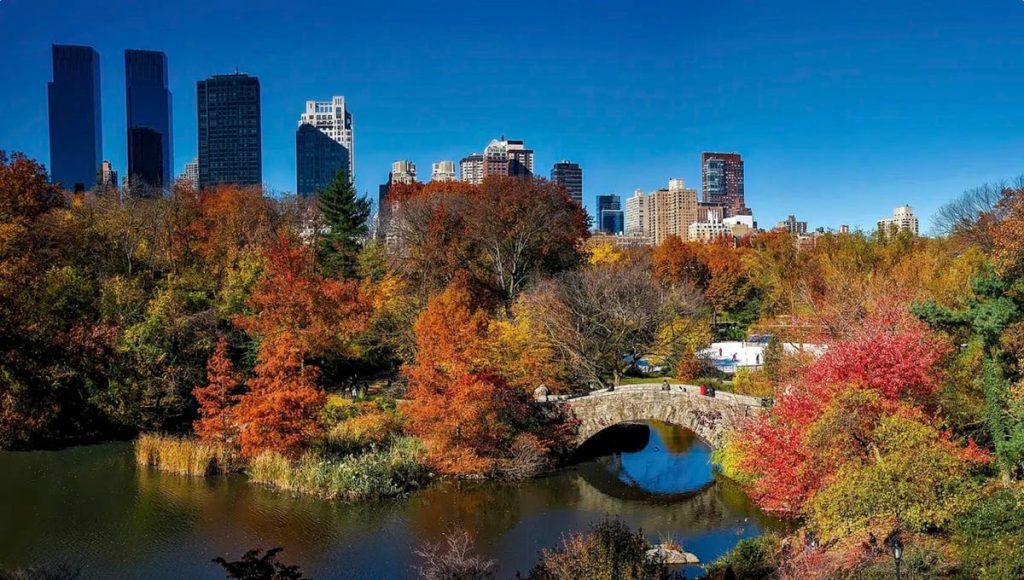Our love of nature is highly individual and how we plan our cities and urban green spaces should take this into account, say scientists
© Copyright by GrrlScientist | hosted by Forbes | LinkTr.ee
Do you love nature? I sure do! But I was surprised to learn this love isn’t the necessarily true for everyone. Why? Where does our love for nature, our biophilia, come from? Is biophilia inherent or is it the result of childhood experiences — or if you prefer, is it the result of nature or nurture? Or maybe … both?
The German-American psychoanalyst, Erich Fromm, coined the word “biophila” to explain “the passionate love of life and of all that is alive”. The biophila hypothesis proposes that humans have an innate desire to seek connections with nature and with other forms of life, and further, this desire may have a genetic basis (at least in part), according to biologist EO Wilson.
Despite the fact that it is well known that being in nature has positive effects on people’s mental health and feelings of well-being, there is controversy about why this is so. Some experts think it is natural for people to be attracted to nature because humans evolved in nature. However, specific genes that influence biophilia have not been identified, and further, it is suspected that the increased dependence of the human species on technology has short-circuited the human drive to connect with nature. Other experts claim that childhood experiences are mainly the reason underlying our perceptions of nature.
A team of Swedish scientists set out to explore this controversy. They reviewed several studies previously published in this field that examine both innate factors and individual experiences during their lives, primarily as children. Based on their findings, they argue that our love of nature based on a combination of genetics and experiences — especially childhood experiences — and further, it also is highly individualized.
“We have been able to establish that many people have an unconscious positive experience of nature,” lead author of the study, Bengt Gunnarsson, a Professor Emeritus in the Department of Biological & Environmental Sciences at the University of Gothenburg, said in a statement. “But the biophilia hypothesis should be modified to link the variation in individuals’ relationships with nature to an interaction between heredity and environmental influence.”
In short, people experience and react to nature in their own special ways. A Japanese study that the scientists examined measured the heart rate of study subjects whilst they walked in a forest and also in a city. That study found a reduced heart rate — indicative of positive emotions — whilst in the forest in 65% of study participants, so clearly not everyone enjoyed their walks in the woods. Another study that the team examined suggested that one’s attraction to natural landscapes instead of to cities was heightened in individuals who experienced a childhood filled with nature.
“An additional study on identical and non-identical twins showed that a genetic component influences an individual’s positive or negative relationship with nature,” Professor Gunnarsson pointed out. “But the study also highlighted the importance of environment in terms of attitudes towards nature.”
Furthermore, the team found that people’s perceptions of nature can be very different. Some view nature as a manicured park or green space filled with lawns, flowers and trees, whereas others are more interactive, finding that spending time in the wilderness is more rewarding (Figure 1). These variations for how to best experience nature could also be determined by heredity and early life experiences.
“[I]t’s important that we don’t standardize nature when planning greenery in our towns and cities,” co-author Marcus Hedblom, a professor in landscape architecture at the Swedish University of Agricultural Sciences (SLU), observed. “We shouldn’t replace wild greenery with a park and assume that it will be good for everyone.”
To ensure that we all can benefit from our time in nature, the design of urban green spaces and urban planning should reflect these distinct preferences.
“There are probably quite a large number of people who do not have such positive feelings towards nature, partly due to hereditary factors,” Professor Gunnarsson concluded. “Future studies that dig deeper into the interactions between hereditary and environmental factors are essential if we are to understand what shapes individuals’ relationships with nature. But we have to remember that we are all different, and take that into account when planning for different natural areas in towns and cities. Let people find their own favorite green spaces.“
Source:
Bengt Gunnarsson and Marcus Hedblom (2023). Biophilia revisited: nature versus nurture, Trends in Ecology and Evolution 38(9):792-794 | doi:10.1016/j.tree.2023.06.002
SHA-256: 9ab94921e06b203a216cb219d873f92ea4083642075e2e0be632939cd42949aa
Socials: Bluesky | CounterSocial | LinkedIn | Mastodon | MeWe | Post.News | Spoutible | SubStack | Tribel | Tumblr | Twitter
Read the full article here









